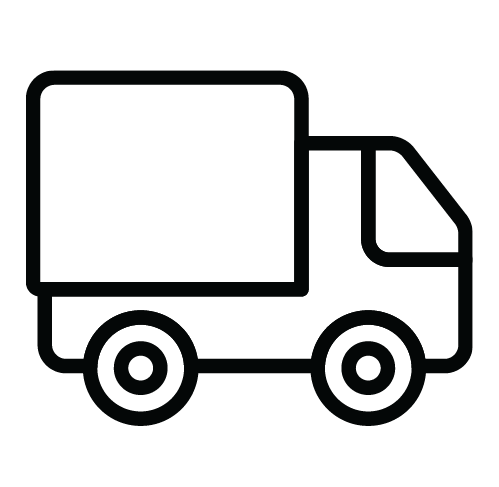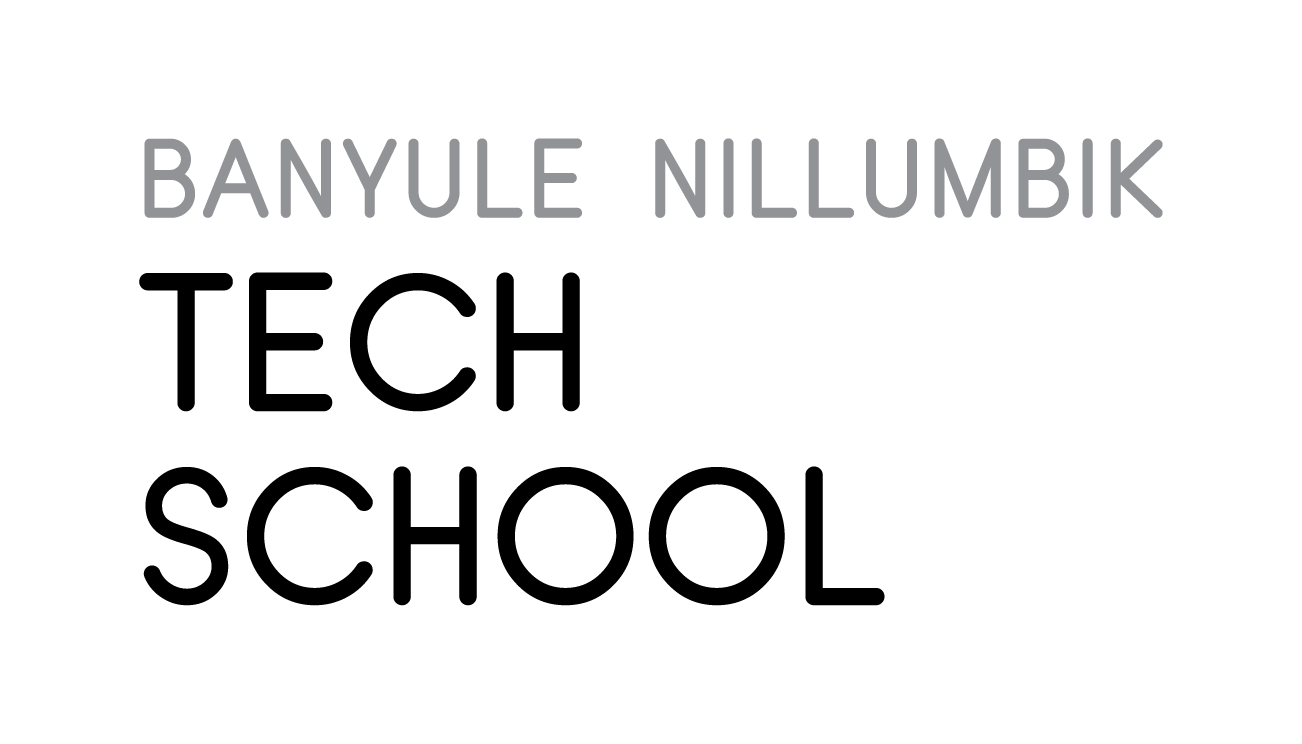Program Overview
Year Level
Prework
Duration
Days
Capacity
More Information:
If you would like more information about this program, drop us a line at:
banyulenillumbikts@melbournepolytechnic.edu.au
9269 1057
Industry Focus

Industry Partner
Urbanisation is one of the biggest trends affecting the transport sector. In the next 10 years, the projected growth in Banyule alone is expected to add 5,000 car trips to our road network during peak hour.
Our industry partner, North East Link Project (NELP), is the biggest transport project in Victoria’s history, completing the missing link in Melbourne’s freeway network. NELP will link the M80 Ring Road to an upgraded Eastern Freeway with Victoria’s longest twin road tunnels. It will also include a massive overhaul of the Eastern Freeway, Melbourne’s first dedicated busway, a new park and ride in Bulleen and the completion of the M80. Up to 135,000 vehicles will use NEL every day, reducing congestion in the north-east while maintaining local roads for local trips. More than 25 kilometres of new and upgraded walking and cycling paths will be built, improving active transport pathways along the project corridor.
Students are asked to take on the role of consultant for NELP, to investigate local active transport issues, and come up with a design solution that will improve the liveability and connectivity of the area, and create a pleasant, attractive and engaging journey for active transport users. Students will learn about infrastructure and transport of the future, consider a range of careers that could lead to working in the transport industry. They will conduct interviews and surveys in their local community to discover problems, identify user needs and understand the context in which the issues exist. On conclusion of the program student groups with the best design solutions will be pitching their ideas to a panel of industry experts.
The program is suitable for all year levels, particularly geography students (including VCE), who may benefit greatly from an experience that involves solving real-world problems for local industry, whilst developing skills in working with Computer Aided Design, Adobe Illustrator, ArcGIS, App design, microcontrollers and sensors.
Success Criteria
- Investigate active transport pathways and associated infrastructure in your local community in mind with key design principles specified by industry
- Collaborate effectively to create solutions to identified problems
- Consider a range of tools, technologies and specialist equipment
.
.
.
.
.
.
.
.
.
.
Design and Technology
Digital Technologies
Dance
Music
Media Arts
Visual Communication Design
Visual Arts
.
English
EAL
Civics and Citizenship
Economics and Business
Geography
History
Movement and Physical Activity
Personal, Social and Community
” _builder_version=”4.16″ _module_preset=”default” global_colors_info=”{}”][/dvmd_table_maker_item][dvmd_table_maker_item col_label=”Yr7-8″ col_content=”Year 7-8
–
Y
Y
–
–
–
Y
–
Y
Y
–
–
–
Y
–
–
–
Y
Y
–
-” col_column_max_width=”60px” col_column_min_width=”60px” col_tcell_cell_align_horz=”center” col_chead_cell_color=”#00BBC1″ _builder_version=”4.16″ _module_preset=”default” col_chead_text_font=”|700|||||||” col_chead_text_font_size=”1em” col_chead_text_line_height=”1.3em” global_colors_info=”{}”][/dvmd_table_maker_item][dvmd_table_maker_item col_label=”Yr9-10″ col_content=”Year 9-10
–
Y
Y
–
–
–
Y
–
Y
Y
–
–
–
Y
–
–
–
Y
Y
–
Y” col_column_max_width=”60px” col_column_min_width=”60px” col_tcell_cell_align_horz=”center” col_chead_cell_color=”#00BBC1″ _builder_version=”4.16″ _module_preset=”default” col_chead_text_font_size=”1em” col_chead_text_line_height=”1.2em” global_colors_info=”{}”][/dvmd_table_maker_item][/dvmd_table_maker]
Three Day Program Schedule
Prework
Day One
Day Two
Day Three
Post Visit
Prework
Day One
Day Two
Day Three
Post Visit
Technology Skill Ups Available
GIS Mapping
Introduction to Geographic Information Systems and how they can used as a mapping tool for environmental analysis and planning.
Computer Aided Design
3D Modelling using industry current software to design virtual prototypes prior to physical production using 3D Printers or Computer Numeric Control machines.
Sensor Technology
From automatic doors to step counters, sensor technology is widely used across society. The sensor technology skill up will provide the skills required to create fixed or wearable sensor devices to meet the determined design requirements.
Mobile App Development
Introduction to mobile app design fundamentals including planning for an app, creating layouts, considering the user experience and prototyping functionality

